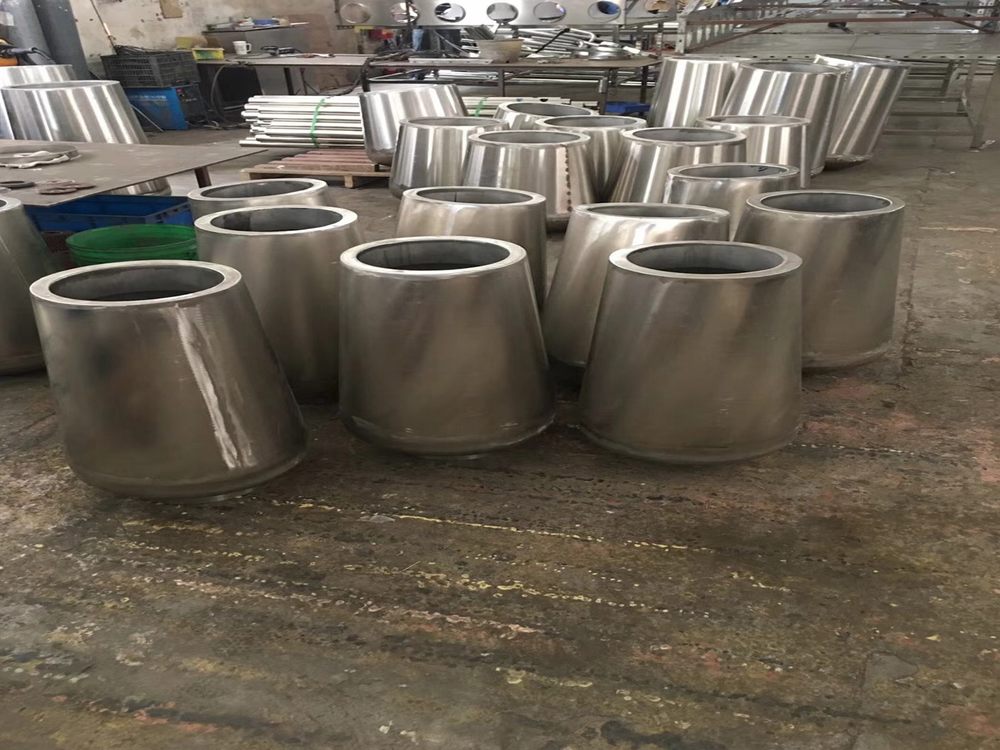
Bronze sculptures, despite their inherent rigidity, often appear to pulse with life and motion. Artists masterfully employ several techniques to achieve this captivating illusion. One key method involves dynamic posing—strategically positioning limbs, drapery, or hair to suggest mid-action, like a dancer frozen mid-twirl or a horse rearing on its hind legs.
Texture plays a crucial role too. By varying surface finishes—from polished smoothness to rough, uneven areas—sculptors create visual rhythms that guide the viewer's eye along implied paths of movement. The play of light across these textures further enhances the sense of flow.
Compositional tricks like asymmetry and diagonal lines break the static nature of bronze. A sculpture leaning forward or with limbs extending beyond its base appears to defy gravity, suggesting imminent motion. Some artists even incorporate actual movement through carefully balanced elements that sway slightly in the breeze.
Perhaps most remarkably, masters like Giambologna pioneered the "figura serpentinata"—spiral compositions where figures twist upward, creating an energetic vortex that seems to rotate before our eyes. These techniques transform cold metal into breathtaking visions of vitality, proving that even the most unyielding materials can dance when touched by artistic genius.

